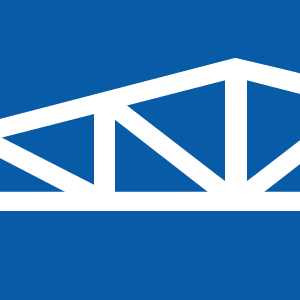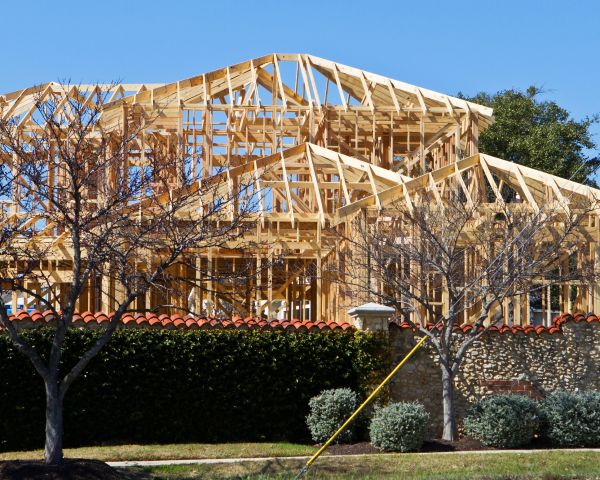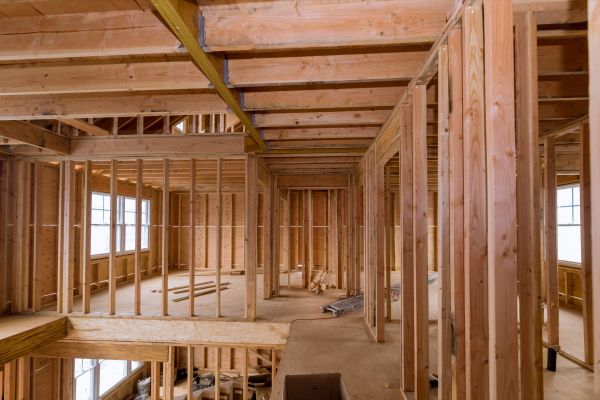Building Addition Framing Service
Affordable Building Addition Framing
Building addition framing is a critical phase in the construction process that involves creating the structural framework of a new addition to an existing building. This step is essential because it lays the foundation for the stability and integrity of the entire addition. Proper framing ensures that the new structure is safe, durable, and seamlessly integrated with the existing building. It involves precise planning and execution to accommodate factors such as load-bearing requirements, architectural design, and compliance with building codes. By prioritizing quality framing, homeowners and builders can avoid future structural issues and enhance the overall value of the property.
Benefits of Building Addition Framing
-
Structural Integrity
Building addition framing provides the necessary support to ensure the new structure is stable and secure. It creates a robust skeleton that can withstand various environmental stresses, such as wind and seismic activity, ensuring the safety of the occupants. -
Design Flexibility
With proper framing, homeowners have the flexibility to customize their additions to meet specific needs and preferences. Whether it's an extra room, a sunroom, or a second story, the right framing allows for creative architectural designs without compromising stability. -
Energy Efficiency
High-quality framing can enhance the energy efficiency of a building addition. By ensuring proper insulation and sealing, it helps maintain consistent indoor temperatures, reducing the need for excessive heating or cooling and ultimately lowering energy bills. -
Increased Property Value
A well-framed building addition can significantly increase the market value of a property. Prospective buyers often look for quality construction as a key factor in their purchasing decisions, and a professionally framed addition can be a major selling point.
FAQs About Building Addition Framing
What materials are commonly used in building addition framing?
Wood and steel are the most common materials used in building addition framing. Wood is favored for its versatility and cost-effectiveness, while steel is chosen for its strength and durability.
How long does the framing process typically take?
The duration of the framing process can vary depending on the size and complexity of the addition. On average, it can take anywhere from a few days to several weeks to complete.
Do building codes affect the framing process?
Yes, building codes significantly impact the framing process. They dictate the standards for safety, materials, and construction practices, ensuring that the addition is structurally sound and compliant with local regulations.
Can I make changes to the design after framing has started?
While it is possible to make changes after framing has begun, it can be costly and time-consuming. It's best to finalize the design before the framing process starts to avoid delays and additional expenses.
Fill out the contact form today to request Building Addition Framing. Experience the benefits of professional framing, such as enhanced structural integrity, design flexibility, and increased property value.




